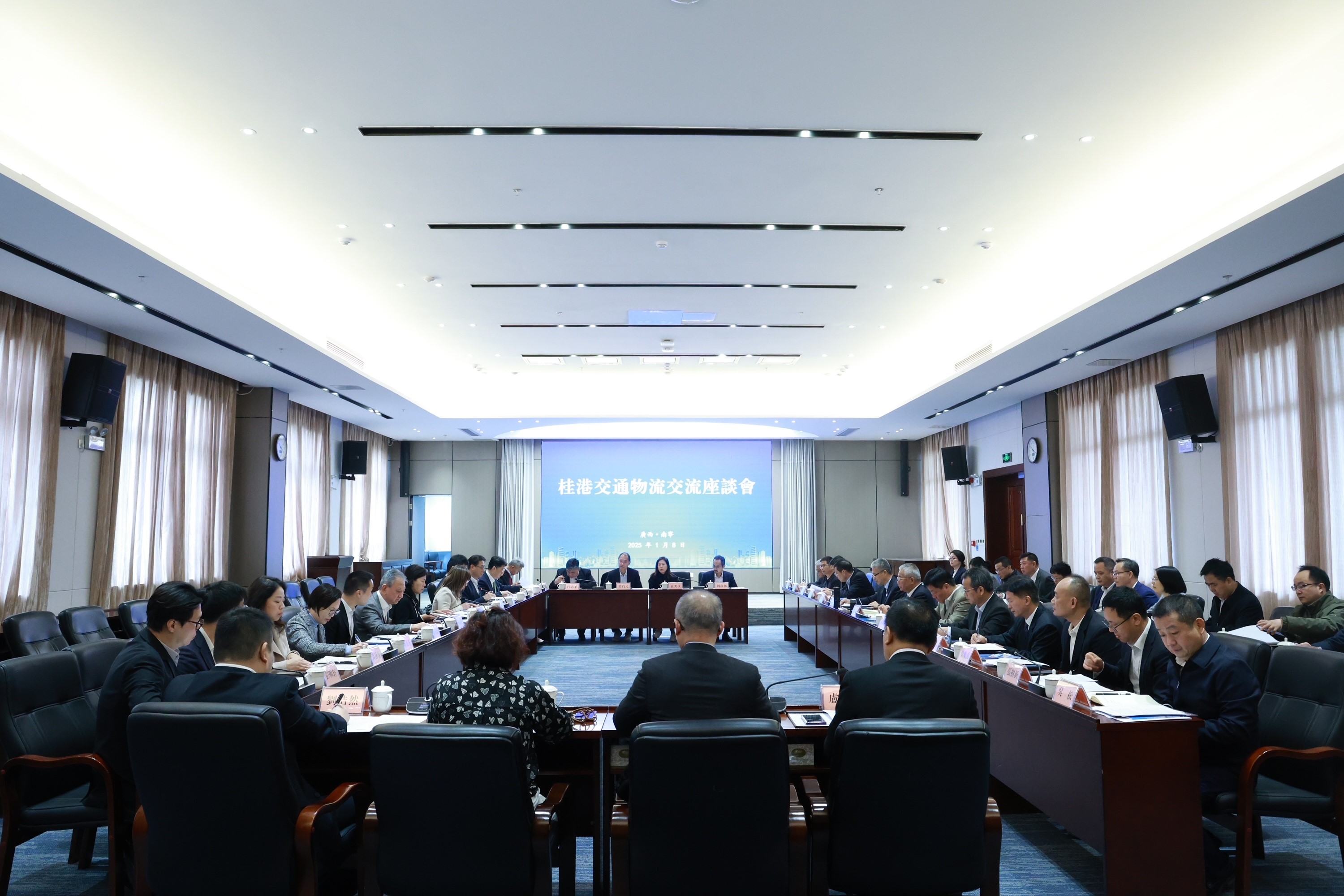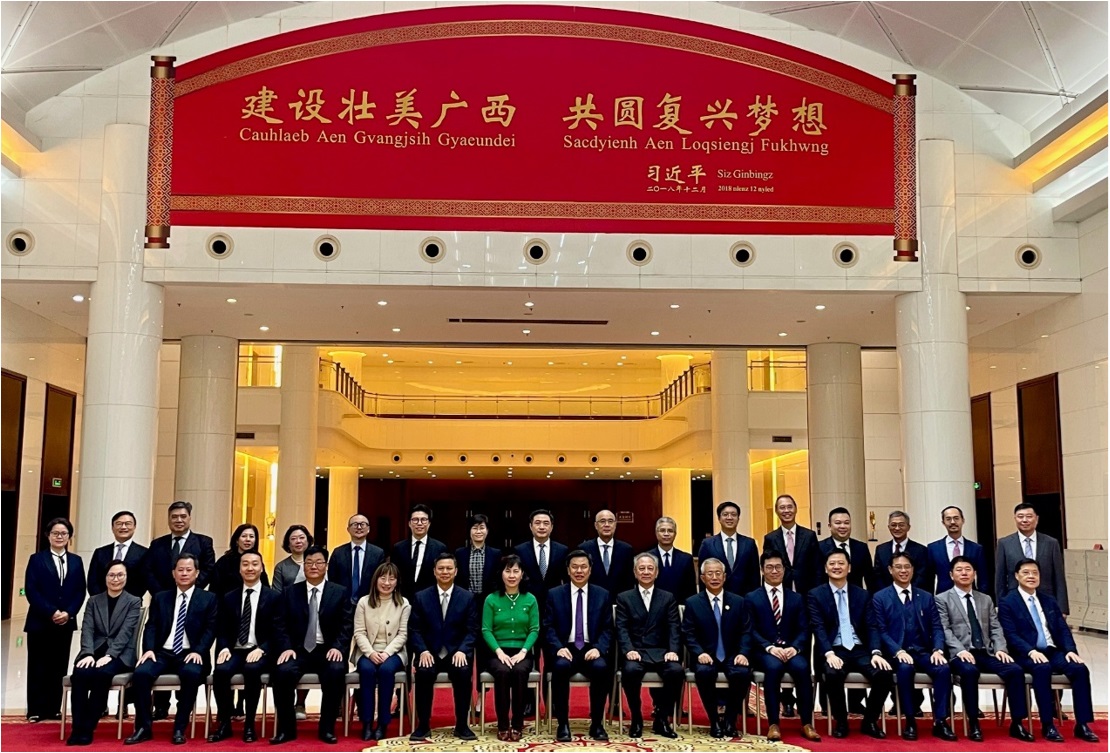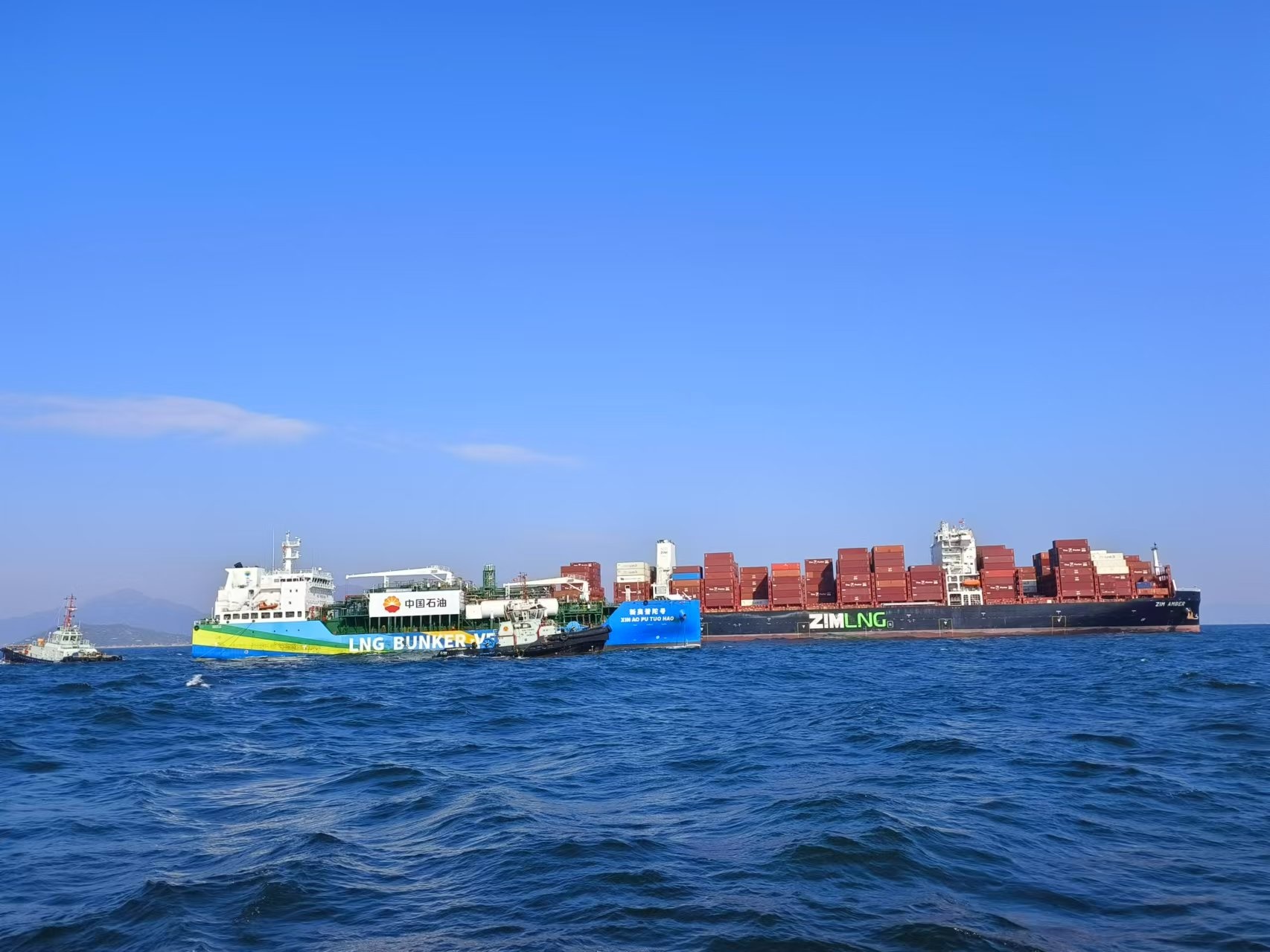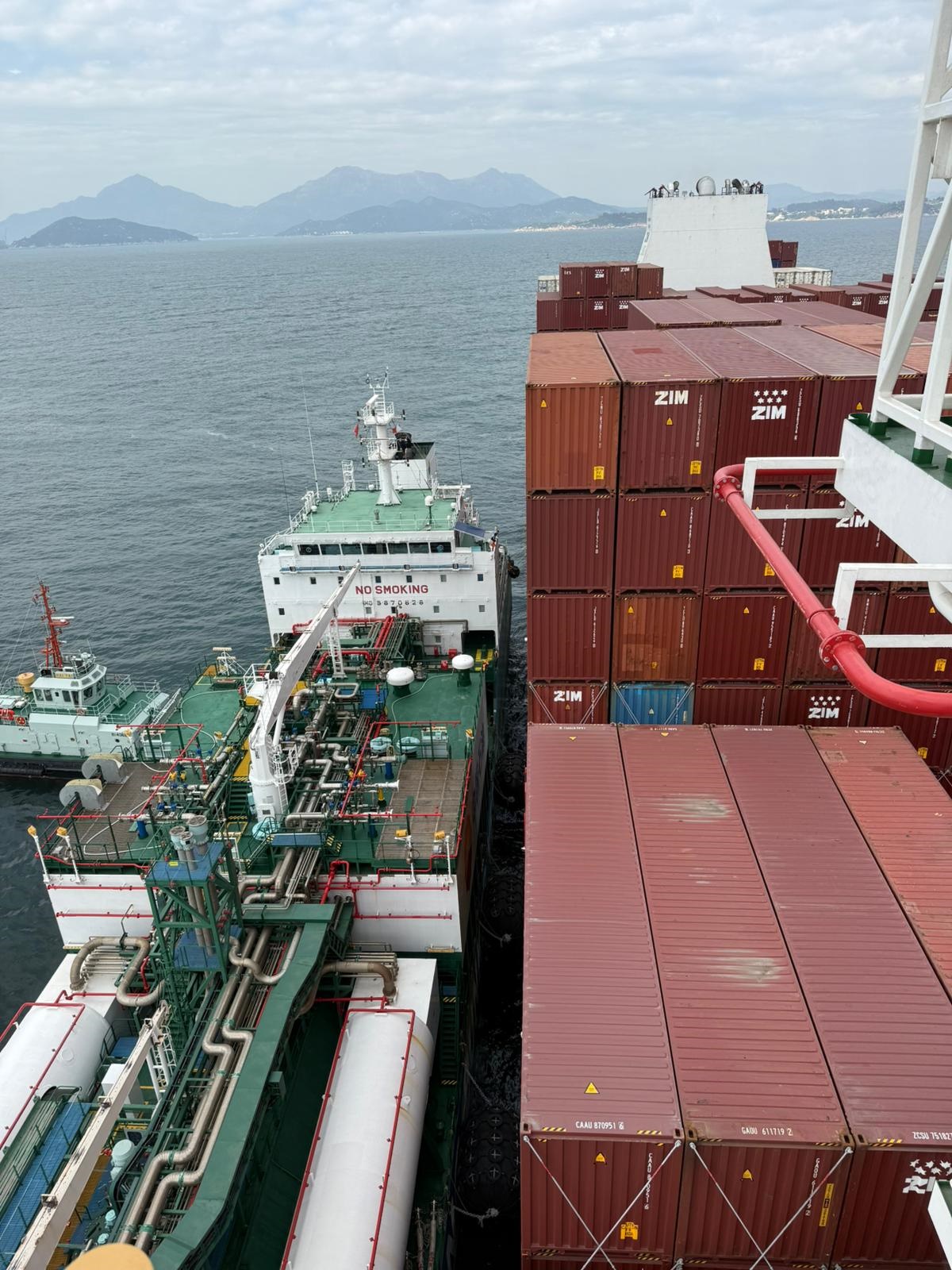
Secretary for Transport and Logistics

March 29, 2025
Hong Kong's port has always been our pride but as times goes by, the external environment continues to evolve. As a small and outward-looking economy, we have been facing numerous challenges. The one thing that has remained unchanged over the years is the unwavering partnership between the Government and the shipping industry, demonstrating a shared determination and resilience to face these challenges. Thanks to our consorted efforts, significant progress has been made in March in terms of enhancing both quantity and quality.
Strengthening cooperation between Hong Kong and Guangxi
As the southern gateway of our motherland, Hong Kong has always been a hub for the import and export of goods from the mainland. Besides coastal regions, inland provinces also rely on maritime transport for exports, which has been a focus of our efforts to explore new sources of cargo. In recent years, thanks to the national "New Western Land-Sea Corridor" development strategy, Guangxi has emerged as a new outlet for exported goods in the western region. In the fourth quarter of last year, the throughput of Hong Kong's port and the ports of Guangxi Beibu Gulf increased by 47.4% year-on-year to approximately 59,600 TEUs, accounting for 2.1% of Hong Kong's total container throughput.
My first visit after taking office was to Guangxi, where I hoped to personally explore opportunities for enhancing port cooperation between the two places. Just two months after my visit, we have good news regarding our cooperation: in mid-March, the Modern Terminal Limited signed a memorandum of understanding (MoU) with Guangxi Beibu Bay International Port Group to transport goods from the central and western regions by rail to Guangxi, and then transfer them to Hong Kong via barges for onward ocean shipping, thereby bringing more cargo to Hong Kong's port.


My first visit after taking office was to Guangxi, where I hoped to personally explore opportunities for enhancing port cooperation between Hong Kong and Guangxi.
We will continue to strengthen Hong Kong's role as a cargo transshipment hub, actively exploring the feasibility of extending the arrangements under the Air Transhipment Cargo Exemption Scheme to other intermodal cargo transshipment modes, attracting more cargo to Hong Kong for transshipment, and enhancing the competitiveness of Hong Kong's shipping and logistics sector.
We encourage the industry to expand into promising new markets, such as Central and South America and Oceania, while stabilising traditional routes in Asia, with a view to leveraging our efficiency to create more high-end branding for our port. We are also fully committed to establishing a three-dimensional "rail-sea-land-river" intermodal transport system with the mainland, enhancing the current “Chongqing-Shenzhen-Hong Kong scheduled rail-sea service” between Chongqing and Shenzhen, along with “Kwai Yan Connect” which connects Yantian Port with Hong Kong’s Kwai Tsing Container Terminals through a barge service. In addition to Guangxi, we aim to open direct routes with Hubei through rivers and develop interprovincial land-sea/land-air transport between Hong Kong and Hunan, Jiangxi, and Fujian etc.
Becoming a bright new player on green maritime fuel bunkering
Regarding "enhancing quality," we are taking a multifaceted approach to actively implement green logistics in the port. Following the successful completion of Hong Kong's first liquefied natural gas (LNG) bunkering operation in local waters last month, two more commercial LNG bunkering operations were successfully completed in March, reflecting the shipping sector's confidence in Hong Kong's new role as a centre for green maritime fuel bunkering.


Last month, Hong Kong successfully completed its first LNG bunkering operation in local waters.
In response to the global trend of implementing ESG (Environmental, Social, and Governance) practices, we will soon announce an ESG roadmap for Hong Kong's logistics industry. This will assist small and medium-sized logistics enterprises in gradually adopting ESG measures to meet international standards, thereby enhancing the competitiveness of Hong Kong's logistics sector and consolidating its position as a leading international logistics hub.
Beyond green initiatives, digitalization is also a crucial direction for the development of the maritime industry. I would like to thank the Legislative Council's Finance Committee for approving a funding of HK$215.08 million yesterday. This will enable us to expedite the completion of the Port Community System by the end of this year, connecting the shipping, port, logistics, and trade sectors. Through information sharing, we will be able to achieve real-time tracking of goods. This will create opportunities for Hong Kong to connect with other ports and enhance the international competitiveness of Hong Kong's port. The system will utilise blockchain technology to record cargo flows, and highly reliable cargo flow data will facilitate trade financing, bridging the gap between trade and capital flows, further attracting cargo to transit through Hong Kong.
Hong Kong has transformed from a small fishing village into today's international maritime centre. We have experienced ups and downs along the way, but we are well-prepared and actively seeking breakthroughs to navigate the ebb and flow of change. Flexibility has always been the essence of Hong Kong's industry and with our edges on talent, technology and strategic location, we are also good at handling high-value goods. I believe that by leveraging these strengths and enhancing both quality and quantity, the shipping and logistics industry can make steady progress and uncover new growth points. I look forward to continuing to work hand in hand with the shipping and logistics sectors to overcome challenges, stabilise Hong Kong's port throughput, and contribute to an enduring legacy for the Hong Kong port.